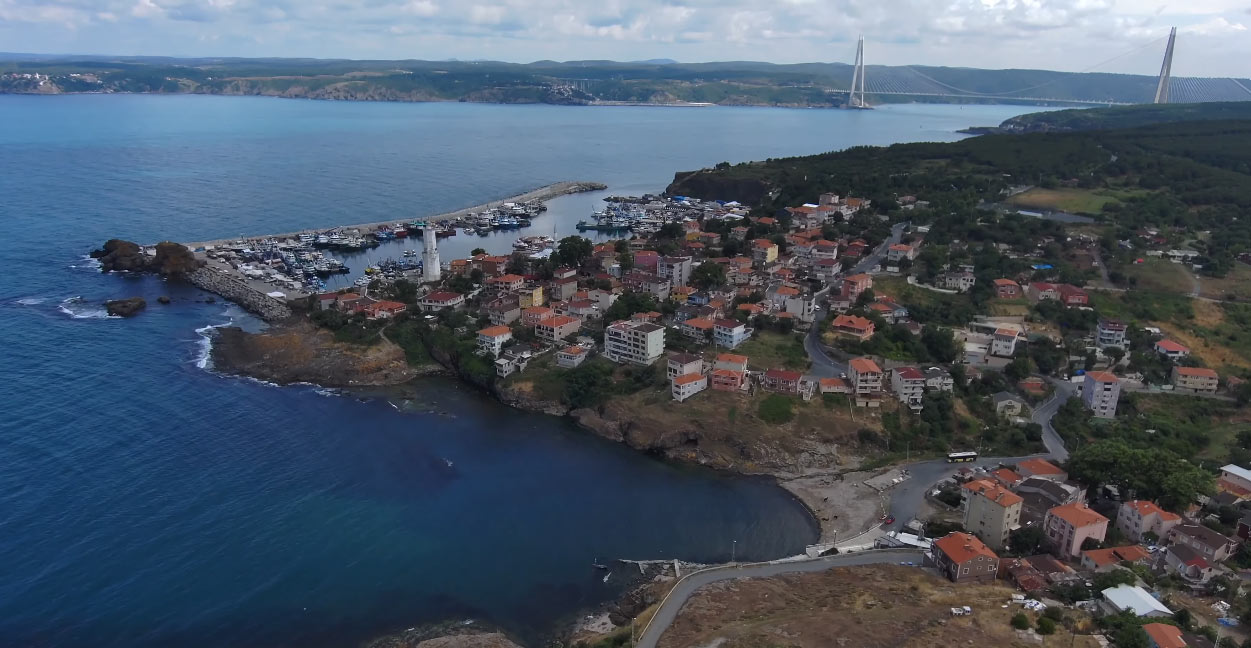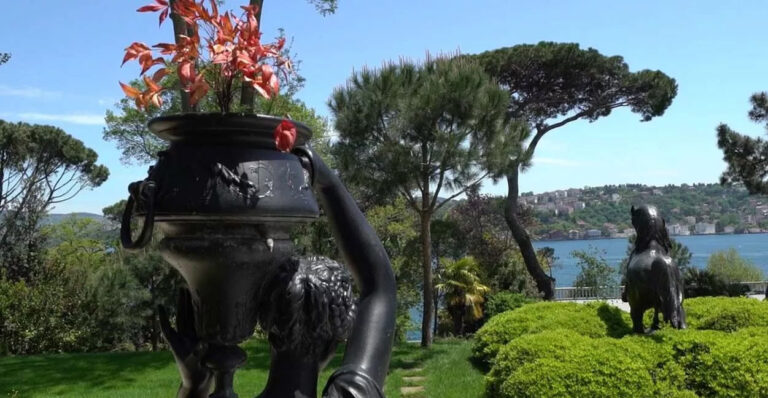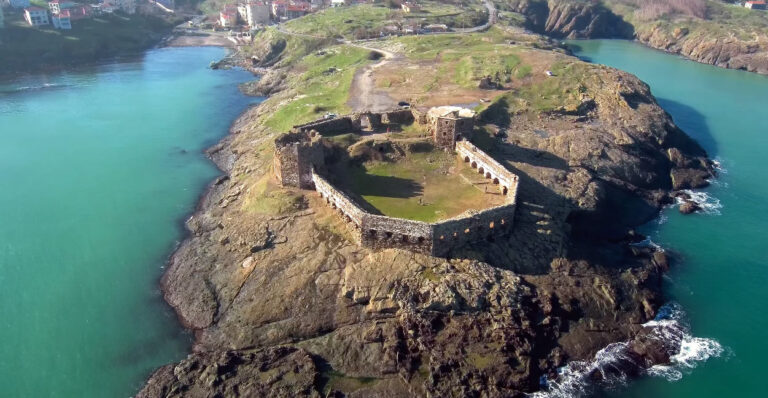Rumeli Feneri: A Guide to Coastal Landmarks

Rumeli Feneri, situated at the northernmost point of the Istanbul Strait, is more than just a coastal landmark; it’s a beacon of historical significance and nautical importance. This comprehensive guide will take you through the intriguing aspects of Rumeli Feneri, exploring its historical context, architectural uniqueness, and the enchanting experience it offers to visitors who are drawn to this significant coastal point in Istanbul.

The Historical Significance of Rumeli Feneri
1. Historical Background
- Rumeli Feneri, also known as Rumeli Lighthouse, has been a vital navigational aid since its inception. Its history dates back to the Byzantine era, but the current structure was constructed in the mid-19th century during the Ottoman period.
- The lighthouse marks the entrance to the Istanbul Strait (Bosphorus) from the Black Sea, playing a crucial role in the safety and guidance of ships and vessels navigating these challenging waters.
2. Strategic Importance
- Strategically located, Rumeli Feneri has been of immense importance for the control and security of the Bosphorus, a waterway of significant geopolitical and economic relevance.
- Throughout history, it has witnessed many critical moments, including wars and treaties, underlining its importance beyond mere nautical guidance.
Architectural Features of Rumeli Feneri
1. Design and Structure
- The lighthouse stands impressively with its tall, cylindrical tower, made of cut stone. Its architectural style reflects the practical and aesthetic designs typical of the mid-19th century.
- The lighthouse’s lantern room, where the light source is located, offers a panoramic view of the Black Sea and the Bosphorus, serving as a picturesque vantage point.
2. The Lighthouse Compound
- The lighthouse is part of a larger compound, which includes the lighthouse keeper’s house and auxiliary buildings. These structures add to the historical ambiance of the site, taking visitors back in time.
Visiting Rumeli Feneri
1. A Scenic and Educational Visit
- A visit to Rumeli Feneri is both scenic and educational. It offers insights into the maritime history of Istanbul and the crucial role of lighthouses in navigation and safety at sea.
- The surrounding area, with its rugged coastline and the meeting point of the Bosphorus and Black Sea, provides a stunning natural backdrop, ideal for photography and nature walks.
2. Accessibility and Best Times to Visit
- Rumeli Feneri is accessible by road from Istanbul. The journey itself is scenic, with views of the Bosphorus coastline.
- The best time to visit is during the daytime for the best visibility of the lighthouse and the surrounding landscapes. Visitors should check the opening times and any access restrictions to the lighthouse itself.
The Surrounding Area and Activities
1. Local Attractions and Activities
- The area around Rumeli Feneri is rich in natural beauty and historical sites, including the Rumeli Feneri village, which offers a glimpse into traditional Turkish coastal life.
- Activities such as fishing, hiking, and exploring nearby beaches and trails make it a perfect spot for outdoor enthusiasts.
2. Culinary Experience
- The local village and nearby areas offer delightful culinary experiences, with seafood restaurants and local eateries providing a taste of the region’s traditional cuisine.
Rumeli Feneri is more than a lighthouse; it’s a symbol of Istanbul’s rich maritime history and a testament to the strategic importance of the Bosphorus. Its captivating history, architectural beauty, and the natural splendor of its surroundings make it a must-visit for those interested in history, architecture, and nature. A trip to Rumeli Feneri is not just a journey to a landmark but an exploration of a site where history, nature, and culture converge, offering a unique and enriching experience on the coast of Istanbul.



